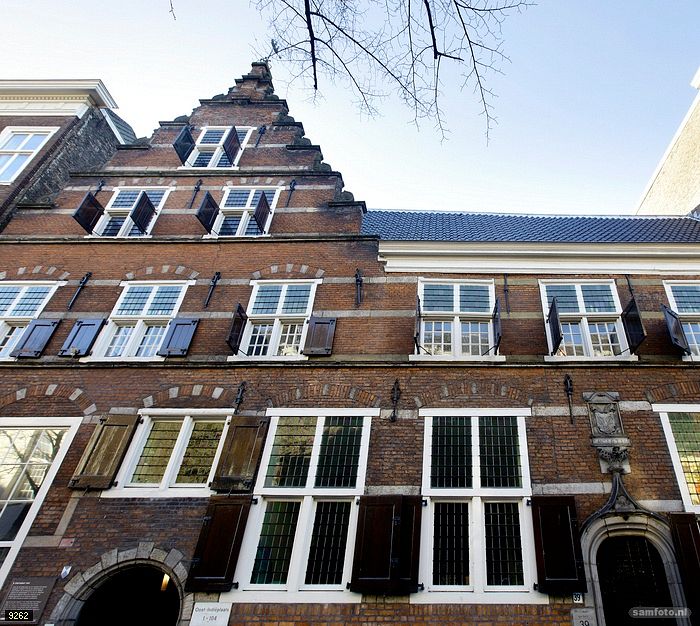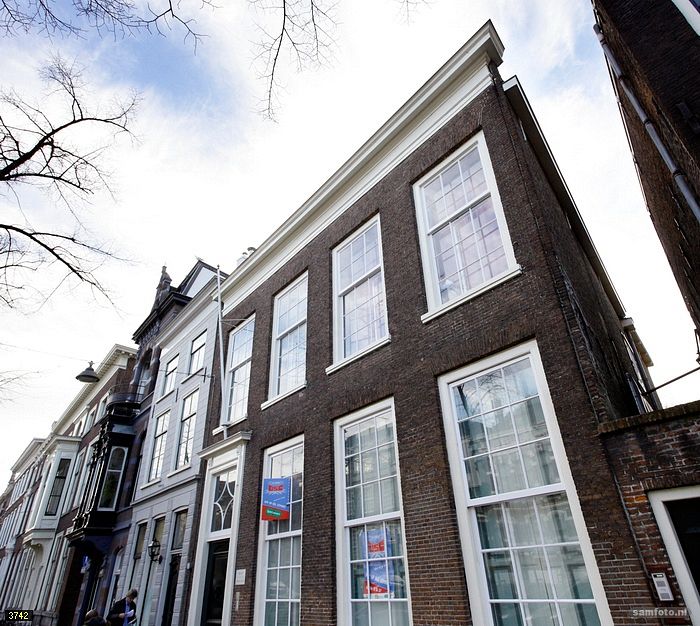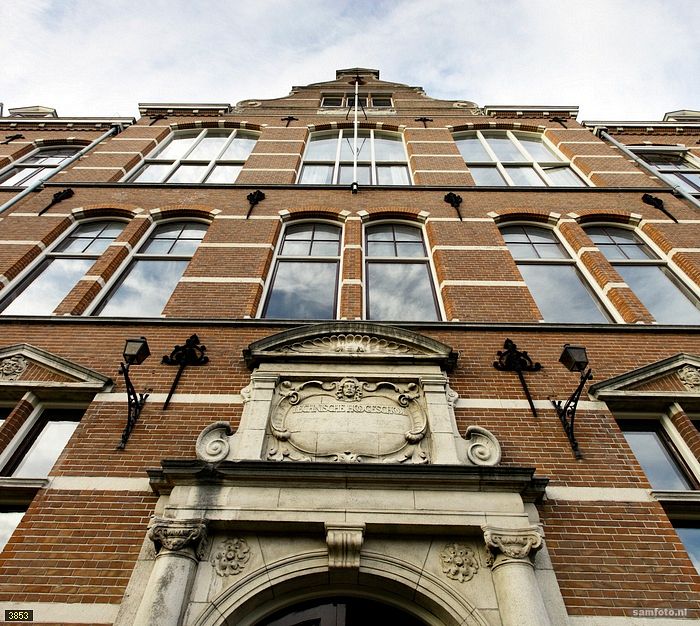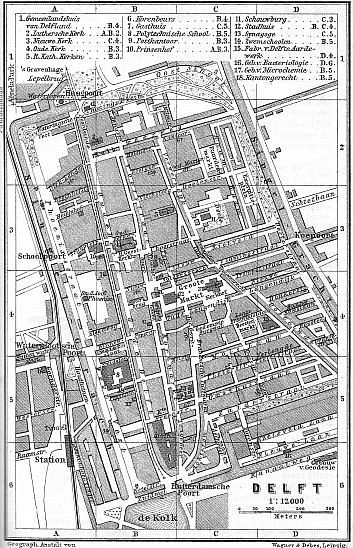Going for a walk in Delft this weekend? Why not go spot the traces of TU Delfts’ 175 years old history? Here’s where to find them. You can also join a guided tour.
On 8 January 1842, King William II founded the ‘Royal Academy for the education of civilian engineers, for serving both nation and industry, and of apprentices for trade’ at Oude Delft 95. Within less than 22 years it became the Polytechnic School, which offered study programmes in road construction and hydraulic engineering, shipbuilding, mechanical engineering and mining engineering. It received academic status in 1905 when Queen Wilhelmina officially opened the Delft Institute of Technology on 10 July. As from the mid-1980s, the designation ‘institute’ is legal only for higher professional education, and Delft University of Technology was created on 1 September 1985.
Want to discover more of TU Delft’s history? You can join a guided tour on Saturday morning. It starts at Tourist Information Point (TIP) on Kerkstraat 3 at 11 am.


Schuttersveld 2, Library
From 1915 to 1997, the TU Delft library was housed in the Neo-Renaissance building at Schuttersveld 2, a former parade ground.


Oude Delft 39
The Dutch East India Company (VOC) bought numerous buildings on Oude Delft between 1620 and 1631 and consolidated them into Oude Delft 39. The VOC’s Delft Office for spices and porcelain trade was established. The Architecture department moved into the building around 1930. Today, it houses students and an engineering firm.


Oude Delft 81
When one of Martinus Willem Beijerinck’s PhD students, Gerrit van Iterson, was named professor of microscopic anatomy in 1907, Nieuwelaan 1 became too small. In 1908, Van Iterson was given his own premises at Oude Delft 81: the old magistrates’ court. He cultivated plants for teaching and research in the garden. The course that he would later call ’technical botany’ began here. The building has been a student house for 93 years now.


Oude Delft 95
Brewery De Cimbel was housed in Oude Delft 95 until former mayor Willem Hooft bought the property 300 years ago, demolished it and commissioned the construction of his dream house. From 1799 onward, the building served as ‘provincial office’ for the Batavian Republic and later as orphanage and military academy.
In 1842, King William II founded the ‘Royal Academy for the education of civilian engineers, for serving both nation and industry, and of apprentices for trade’. It served as the main building for 110 years.


Oude Delft 87-91
In 1842, the municipality began purchasing the series of adjacent buildings at Oude Delft 87-91 for the expansion of the Royal Academy. From 1864 onward, the long white building with 22 windows in a row housed the department of drawing and embellishment for the faculties of Architecture and Civil Engineering in the Polytechnic School. In 1945, the building became the student house De Engelenbak, now 87-89. Number 91 comprises apartments.


Oude Delft 71
The building with the five windows at Oude Delft 71 was built around 1800 and housed the Microchemistry laboratory from 1898 onward. Today, it is a listed building and features apartments.


Westvest 7 and 9
The Neo-Classical building at Westvest 9 was built around 1865 as an extension of the former main building at Oude Delft 95. It housed chemistry and mechanical engineering. A duplicate was built at number 7 (now number 5) 10 years later, where Physics labs and a large lecture hall were set up.


Nieuwelaan 1
Martinus Willem Beijerinck and Albert Jan Kluyver, the fathers of the Delft School of Microbiology, were amongst those who worked in the former Microbiology Laboratory (1897- 1957) at Nieuwelaan 1.
The Neo-Renaissance building’s facilities include a library, microscopy room, chemical lab, studies, drawing offices, a professor’s residence and living quarters for the concierge and lab assistant.


Nieuwelaan 76
Nieuwelaan 76 was built for the mechanical engineering and shipbuilding departments between 1905 and 1911. It had a laboratory with three halls for testing vehicles powered by steam, gas and petroleum. In addition to the boilerhouse (which generated the steam), there was a coal chamber that was connected to the chimney that can still be seen at Ezelsveldlaan 61. A temporary building for aero- and hydrodynamics was built in 1921.


Oostplantsoen 25
This property was built in the early 1920s for the road construction and hydraulic engineering department. Hundreds of students gathered on the steps of this building on 23 November 1940 to protest the dismissal of Jewish professors by the Nazis. They spontaneously decided to go on strike after a speech by student Frans van Hasselt. From 1975, it served as an extension of the Delft Institute of Technology library for some time.



Comments are closed.